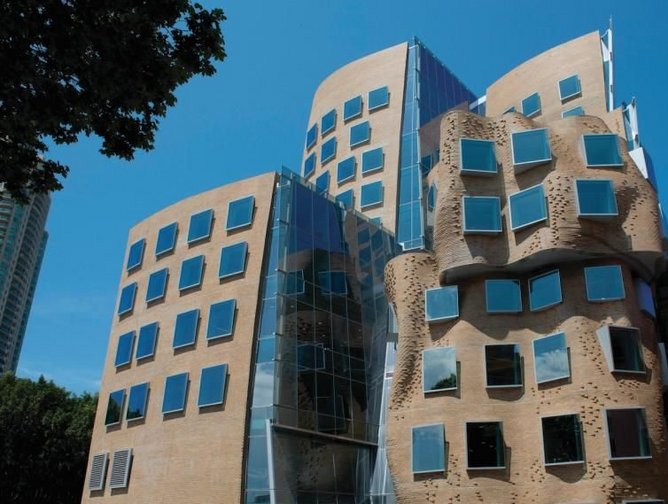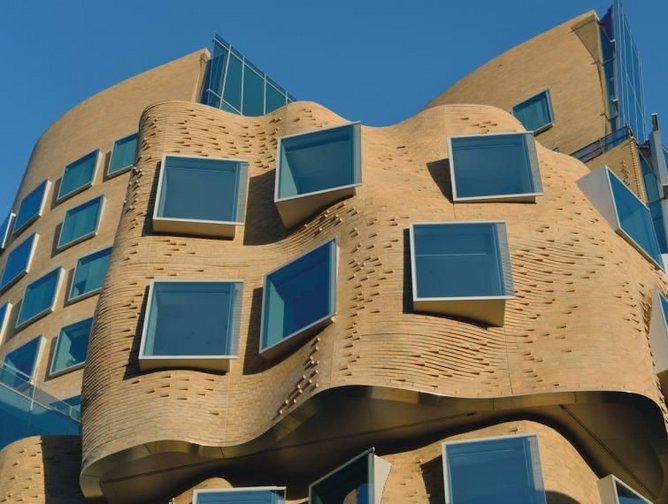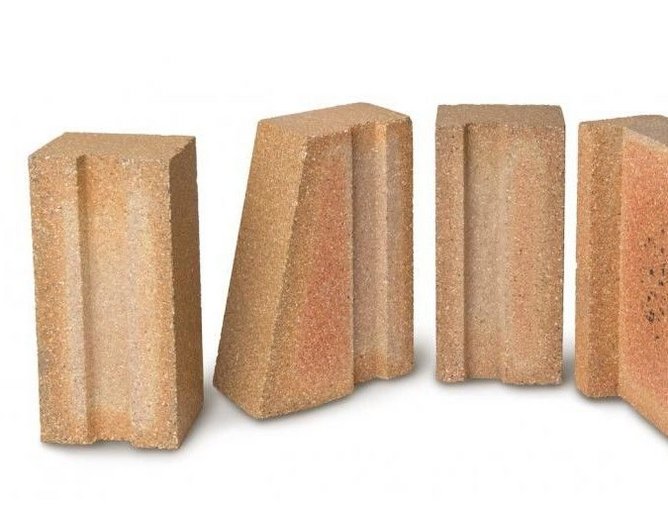Brickworks Ltd.: A Study in Weathering Financial Storms through Innovation, Technology, Customer Service and Diversification
Brickmaking is one of Australia’s oldest industries, established within months of the arrival of the First Fleet at Sydney Cove in 1788. For the next 150 years brick manufacture was largely small-scale; hardly larger than the average cottage industry.
Brickworks Limited was formed in 1934, at the height of the Great Depression, by brick manufacturers who recognised the need for the industry to rationalise if it was to grow and prosper.
Rationalising facilitated the new business’s acquisition of state-owned State Brickworks in 1935, a purchase beyond the resources of any single manufacturer at the time.
This was the first of many such acquisitions and initiatives over the next 80 years that enabled Brickworks to become an Australian leader in the building products industry and a respected public company with a market capitalisation exceeding two billion dollars.
Diversification
Despite its reputation and heritage, Brickworks Limited is a highly diversified company with operations in property, waste management and a substantial investment portfolio which has helped the company weather the inevitable troughs of the building market.
However, its key focus remains building materials through Brickworks Building Products. This division is responsible for the manufacture, marketing and sale of clay bricks and pavers, roof tiles, concrete masonry, precast concrete, facade panels and timber.
This includes such well-established and respected brands as Austral Bricks—a market leader since 1908 and still the group’s flagship brand—Bristile Roofing, Nubrik, Daniel Robertson and Auswest Timbers.
Brickworks Building Products is Australia’s sole national manufacturer of building materials with operations in all states and the ACT. Across the country, Brickworks has 1480 FTE employees in more than 50 manufacturing, sales and administration sites.
Growth
Brickworks began as an amalgamation in 1934 and it has steadily grown by acquisition since then. For its first 70 years, acquisitions were focused on the brick industry, culminating in 2003 with the purchase of major brick, masonry, paver and roof tile assets in Victoria, Queensland, South Australia, Western Australia and Tasmania. Two years later, Auswest Timbers was acquired with assets and manufacturing operations in Western Australia, Victoria and the ACT.
In 2006, the company owned a single masonry plant and had no presence in the precast concrete market. In just a few short years, it has acquired manufacturing resources that enabled it to become number two in masonry and the dominant player in precast. This process is continuing.
Smarter Manufacture
The company has also grown organically through keen marketing, meeting consumer needs, and containing costs through technological innovation. This began in the 1930s, with the merging of manufacturing facilities under the Austral Bricks umbrella, which continued into the 1950s and 60s with innovations such as brick packaging, computer controls and the introduction of efficient, natural gas-fired tunnel kilns.
Over the past decade, Brickworks Building Products has conducted a concerted program of reduction in energy use and greenhouse gas emissions. On a large scale, this is evident in the Austral Bricks super-plant in Victoria, a state-of-the-art operation that consumes an astonishing 65 percent less energy than a conventional brick plant.
On a micro level, all existing plants and processes have been subjected to incremental improvements such as the replacement of old-technology pneumatic, or hydraulic, drives with more efficient and reliable variable-speed electric drives. Water harvesting has also been introduced into a number of plants.
These, and other, initiatives were costly but have resulted in a remarkable reduction of 30 percent of greenhouse gas emissions since 2000.
Carbon-neutral Bricks
An interesting and globally-unique initiative has been instituted at the Austral Bricks plant at Longford, Tasmania, just outside Launceston. Kilns at this plant have long been fuelled by sawdust, a waste by-product of the local timber industry. Natural gas is only used to initiate the firing cycle.
This plant was subjected to a rigorous review, and update, that has allowed it to make carbon-neutral bricks, certified under the Australian government’s National Carbon Offset Standard.
The use of sawdust, a low-emission biomass, as opposed to fossil fuels, has caused a dramatic reduction in the plant’s carbon dioxide emissions. These have diminished from an estimated 8000 tonnes per year for a conventional gas-fired plant to just 215 tonnes; about the same emitted by 12 average Australian households.
Meeting the National Carbon Offset Standard for a carbon-neutral certified product also required reducing emissions from ancillary operations such as raw material extraction, transport, water usage, packaging and waste and business operations including administration and delivery to the customer.
The relatively low remaining greenhouse gas emissions are offset by purchasing carbon credits that assist in local projects such as tree planting under the Forests Alive program.
Bricks from the Longford plant are marketed under the Austral Bricks and Daniel Robertson brands. Austral Bricks are also sold into export markets and Daniel Robertson premium-quality bricks are marketed across Australia.
Smarter Products
Constantly improving product design is a key component of Brickworks Building Products’ ongoing success. The company is constantly re-engineering its existing products and designing new products to reduce excessive inputs, waste or high emission levels.
The use of non-virgin materials has also increased across the group. For example, Alphalite concrete masonry blocks use 85 percent recycled content. Other common additives include fly ash, bottom ash, furnace slag, crushed glass, coal slurry and coal shale.
However, even a seemingly simple change such as increasing the size of brick core holes to reduce the material component, requires considerable research and development to ensure the units retain their strength and consistency. Similarly, water-based glazes were developed to replace solvents on some Bristile concrete roof tiles.
Smarter Marketing
Brickworks Building Products is in the exceptional position of being involved in its products from start to finish, from raw material extraction to product delivery.
This includes directly marketing and selling bricks, pavers, masonry and roof tiles, through a national network of retail outlets and design centres. Staff at these centres work with clients, be they owner-builders, customers of building companies, or architects, to assist and refine their selections from the vast product range available.
More recently, design studios have been opened to cater to the growing architectural market. These are centrally located and staffed and equipped to allow architects and their clients to view the growing range of products designed for this sophisticated and fashion-conscious market.
There are design studios in Sydney, Melbourne and Perth, with new centres opened recently in Adelaide, Brisbane and Hobart.
However, the all-important consumer market is not being overlooked, with new products being constantly developed to cater to the ever-evolving, and sometimes fickle, market requirements. Developments such as the 3D Visualiser enable consumers to select bricks, pavers and roof tiles and coordinate colours with trims, windows and rain goods.
The building industry is renowned for its volatility. In its 80-plus year history, Brickworks Limited has weathered the political, social and financial storms and grown through innovation, technology, customer service and diversification to reach the status of a well-respected public company valued by its investors.
Most importantly, it is acknowledged as a market leader by millions of Australians who live, play and work surrounded and sheltered by its vast array of products.




